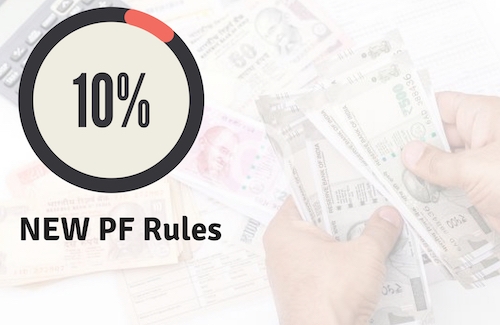If PF contribution is part of the CTC, don’t miss out on asking the employee to pass on those extra few bucks.
The Government is likely to bring down PF contribution from 12 per cent to 10 per cent.
As of now, for a basic package of Rs 25,000 a month, the PF deduction is Rs 3000, which is12 per cent of the basic pay. In the new scheme of things, the PF contribution will come down to Rs 2500—10 per cent of the basic pay. This means, the take-home salary will go up by Rs 500.
This is a simple calculation. In case PF contribution by the employee is part of the CTC (cost to company) — which is the norm in the private sector — it will mean that the employer will also contribute Rs 500 less to the PF account. This amount of Rs 500 has to be compensated in some other form or added to the take-home package, implying that the take-home salary will go up by Rs 1000.
However, another catch is that the increase in take home will also increase tax liability. An addition of Rs 1000 a month will amount to Rs 12000 annually. Depending on the tax slab, the tax liability can increase by Rs 1200 to Rs 3600. Therefore, one has to ensure that this incremental amount is parked in some other tax-saving scheme in order to save tax.
For government employees, the reduced PF contribution will affect their retirement corpus. For instance, a person with a monthly basic pay of Rs 30,000 and 30 years of service, the retirement corpus will come down from Rs 92 lakh to Rs 76 lakh—a very significant drop.
The reason behind the Labour Ministry’s recommendation is to lower the government’s contribution towards universal social security.



